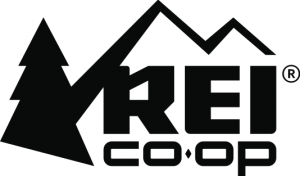SOURCES Encyclopedia Britanica, Wikipedia, Pell Center International
PHOTOS AkikoFujita, Gil Garza, Medium Archives
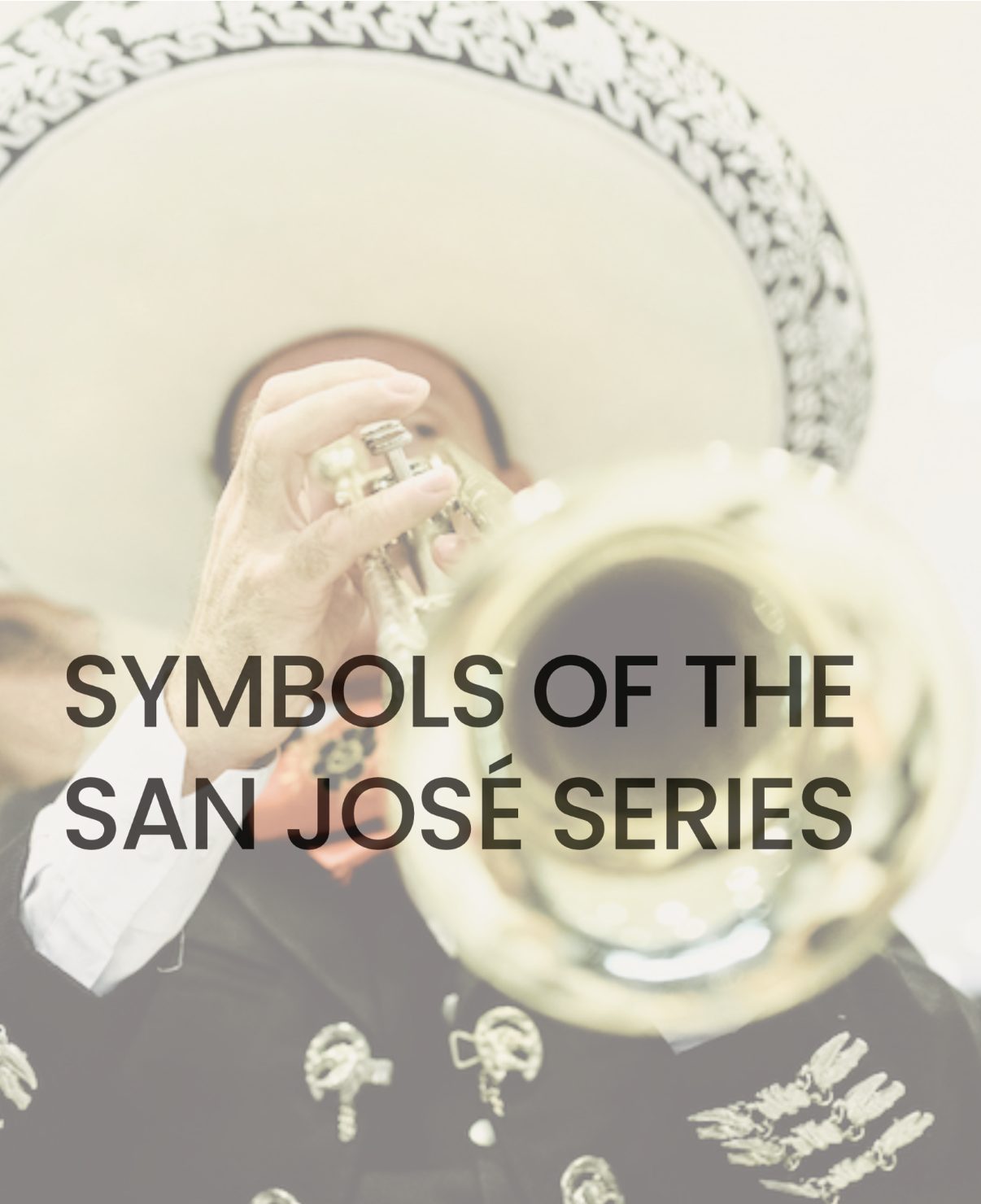
MARIACHI
Mariachi, a small musical ensemble composed of a variety of mostly stringed instruments. In addition to referring to an ensemble, the term mariachi is also used for the individual performer of the music itself. Mariachi has long been considered a uniquely Mexican sound, representing a homegrown tradition that embraces both indigenous and foreign elements.
The mariachi orchestra emerged in the late 1700s / early 1800s in west-central Mexico. The word mariachi may have come from the now extinct language of the Coca Indians, but both the word’s evolution and the early history of the art form holds many unknowns.
The typical instruments of contemporary mariachi include the vihuela, a five-string guitar; the guitarrón, a large fretless six-string bass guitar; a standard six-string acoustic guitar; and violins and trumpets, which usually play the melody. Trumpets were not added until the early 20th century.
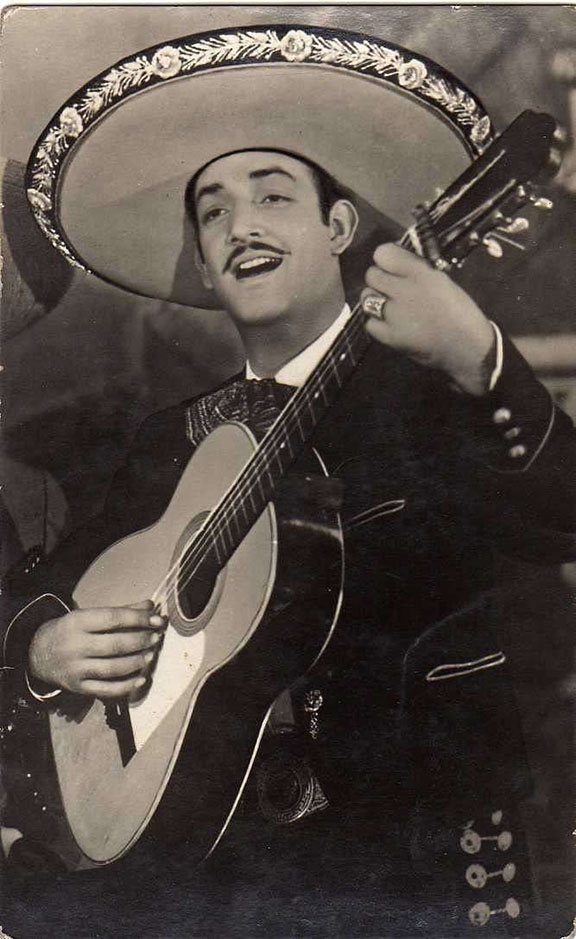
Mariachi Vargas de Tecalitlán is recognized as the oldest mariachi ensemble. Founded by Gaspar Vargas in 1898, and still playing to this day with the reins handed down generation to generation. In the 1930s, Mariachi Vargas moved from Jalisco to Mexico City and with it brought the mariachi onto a bigger stage. With the bandleader Rubén Fuentes at the helm, the mariachi entered the world of theaters and stage shows. Hollywood soon called, or more accurately Mexico City’s studios called and Mariachi Vargas was picked up. The band became the face of mariachi to the world, appearing in more than 200 films throughout the 1940s and ‘50s.
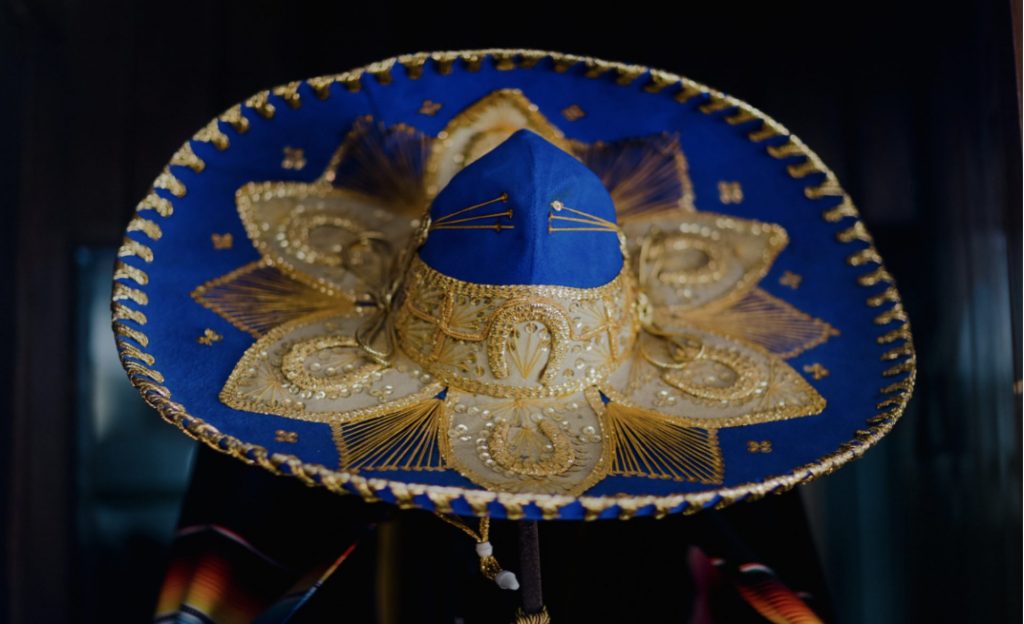
The traje de charro is a style of dress originating in Mexico based on the clothing of a type of horseman. Charro outfits typically consist of tight, decorated pants or a long skirt, short embellished jackets, silk ties and often worn with a wide-brimmed sombrero.
Different versions of the charro outfit are ranked based on a 1960 decision from the National Charro Federation. Most mariachi performers wear a version of a charro outfit called the “gala version,” which is most often black with silver embellishments.
One of the most expensive charro outfits ever reported was in a 1942 edition of the Arizona Republic. The article featured a gala style charro decorated in genuine silver worth 10,000 pesos, the equivalent of $159,800 US dollars today.
Since 1984, the man they call El Maestro has been making mariachi musicians around the world look their absolute best. Jorge Tello, the owner and master tailor of La Casa de Mariachi in East Los Angeles, treats each suit like a work of art, carving out intricate patterns, carefully hand cutting each piece, and sewing his masterpieces with antique pedal machines for better maneuvering.
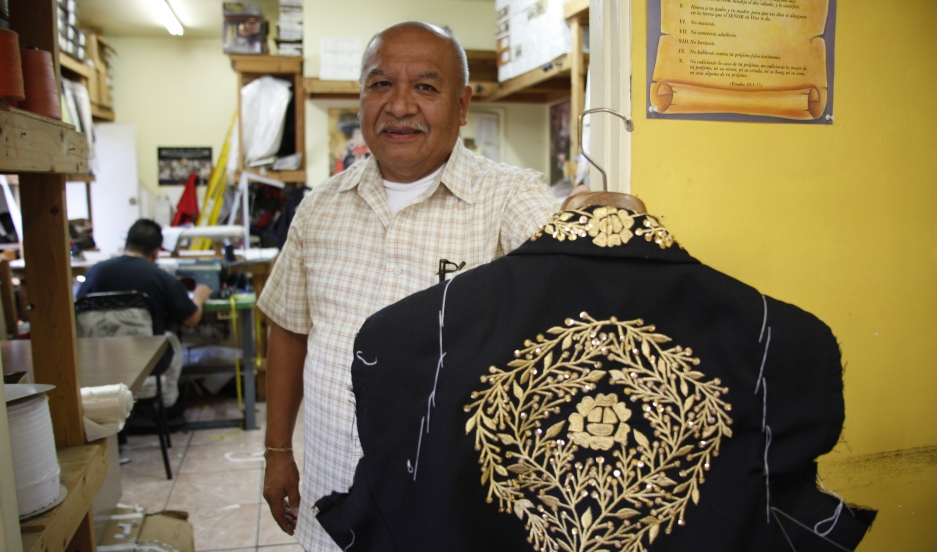
SHAMROCK
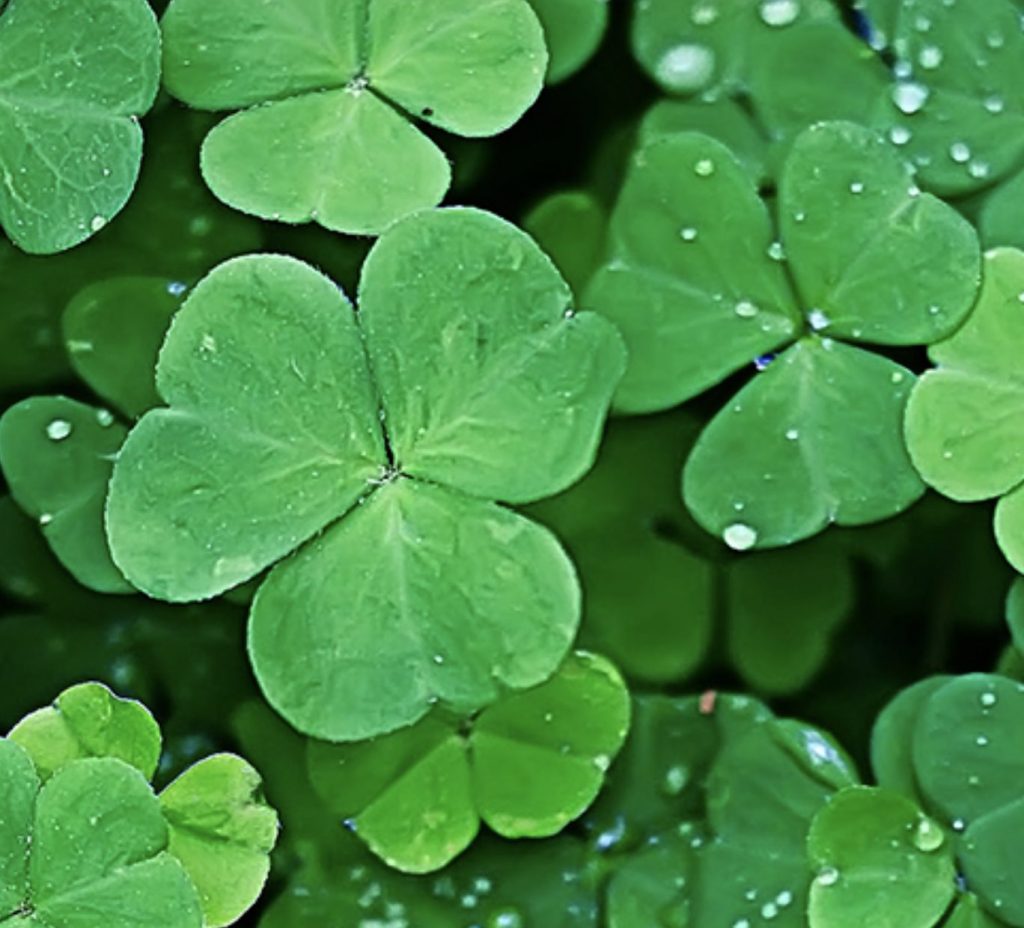
ALL SHAMROCKS ARE CLOVERS, BUT NOT ALL CLOVERS ARE SHAMROCKS
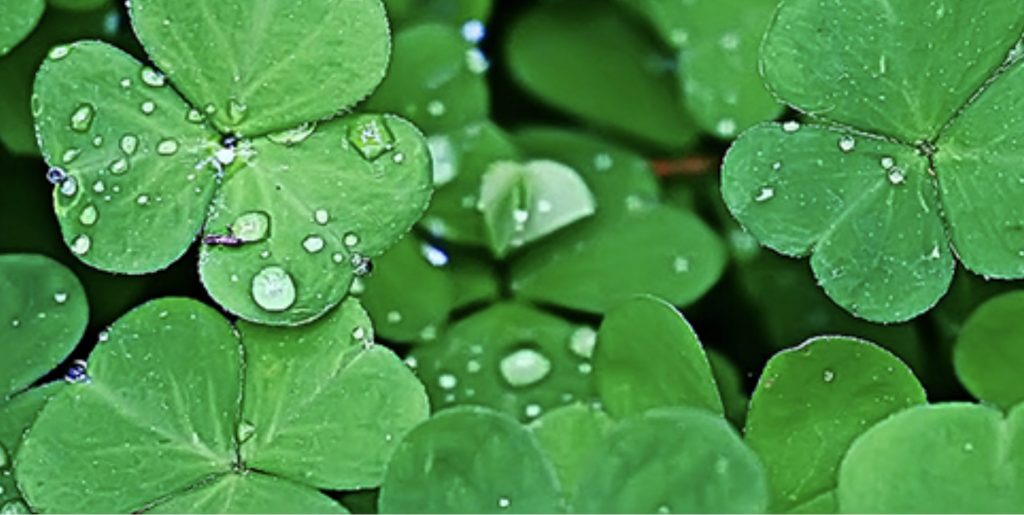
Despite it’s deep rooted ties to the Emerald Isle, the shamrock is not the official national symbol of Ireland, that honor goes to the 12-string harp.
What is a Clover?
Clover can refer to any of the approximately 300 species within the Trifolium family. The term “trefoil” describes this family of plants which are those that have a three-leafed structure.
What is a Shamrock?
A shamrock on the other hand, has more specific parameters in comparison to the clover. The term itself comes from the Gaelic word seamróg, which literally means little clover. While there is not a 100% consensus, most botanists agree that a shamrock most likely refers to either the white clover or the suckling clover.
More than anything, the shamrock is a symbol of Ireland and St. Patrick’s Day. Notably, this symbol has three leaves, not four. This particular point has to do with the lore around St. Patrick, a Christian missionary. The stories indicate that St. Patrick used a shamrock in his mission to demonstrate the principles of the Holy Trinity, three leaflets united by a common stalk.
By definition a clover only has three leaflets, a clover with four leaflets is technically a just a mutated clover. This mutation is quite rare, and Druids claimed that a four-leafed clover was a good luck charm against evil spirits.
In early Irish literature, there is little mention of the shamrock; instead they use the catch-all term of clover. In English literature however, the shamrock is first mentioned as far back as 1571, where one scholar noted that Irish people ate it.
Up until the 19th century, the shamrock was largely associated with St. Patrick. It was only when the republican military groups adopted the symbol during the long struggle for independence that the shamrock became synonymous with Ireland. In 1801 the Act of Union brought Ireland under British rule and in the same way that the rose was England’s national symbol, the leek was Wales’ and the thistle was Scotland’s, the shamrock became Ireland’s default symbol.
From there, the popularity of the shamrock symbol grew and grew, and was featured in songs, art, stories, fashion, architecture and more. Today, the shamrock symbol has been registered as a trademark by the Irish government.
SILICON
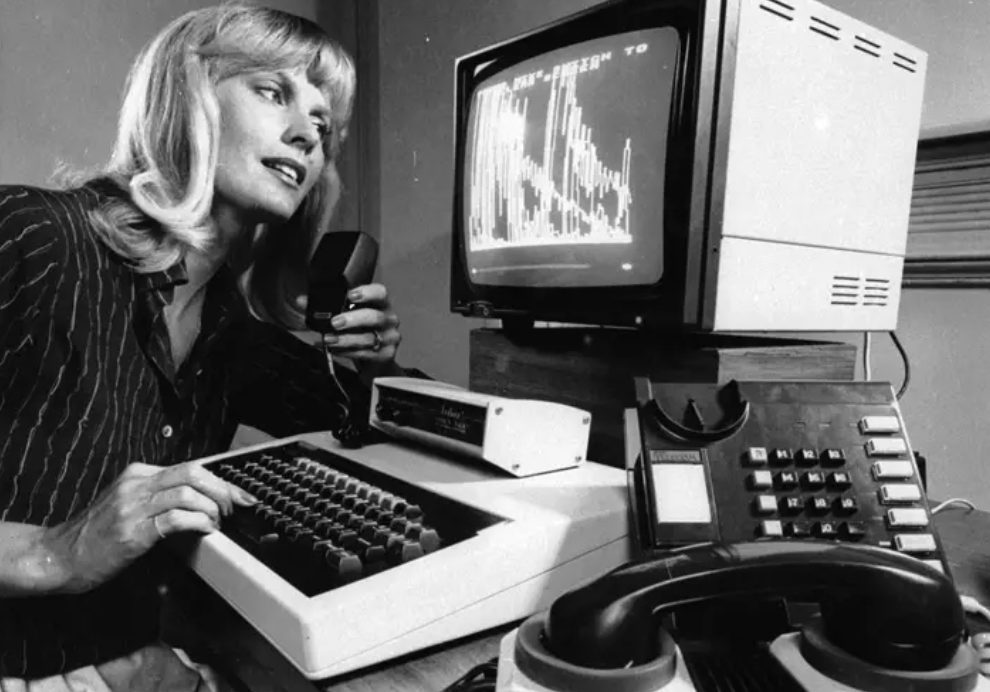
Why is Silicon Valley called Silicon Valley? Silicon is a metalloid, atomic number fourteen with an atomic weight of twenty-eight. The uses of silicon are varied, silicone grease can be used to lubricate a Rubik’s cube in order to make it spin fast enough for use in a “speed cubing” competition, silica gel packets are heavily relied upon to keep moisture out of packaging and silica us even used as a food additive. None of these uses explains why a tract of California is named after silicon.
Silicon Valley is called Silicon Valley because of sand. As a term it first appeared on the cover of the January 11th edition of Electronic News Magazine in 1971. Don Hoefler, a journalist for the publication, had titled a three part series examining the history of the semiconductor in “Silicon Valley USA.” The term rapidly became associated with technology, in such a way that the two are now almost inseparable.
But back to sand, there is a reason why Hoefler chose to title his articles on semiconductors after silicon. In 1971, many companies manufacturing computer chips were either operating or headquartered in the region and the first ingredient in the manufacturing process of computer chips happens to be – sand.
Silicon Valley takes its name from the large population of companies doing this work, headquartered or operating in the San Francisco Bay Area. As with most technology terms, it evolved and stuck. Eventually the name coming to be a representation of the entire technology industry, due in part to a large influx of similar companies to the Bay Area during technology booms following 1971.
“The rationale was simple enough: These revolutionary semiconductors are made in a valley, from silicon – not silicone, please – the second most abundant chemical element on Earth. How was I supposed to know that the term would be quickly adopted industry-wide, and finally become generic worldwide ?”
Don Hoefler, 1981
THE URBAN SKETCHER
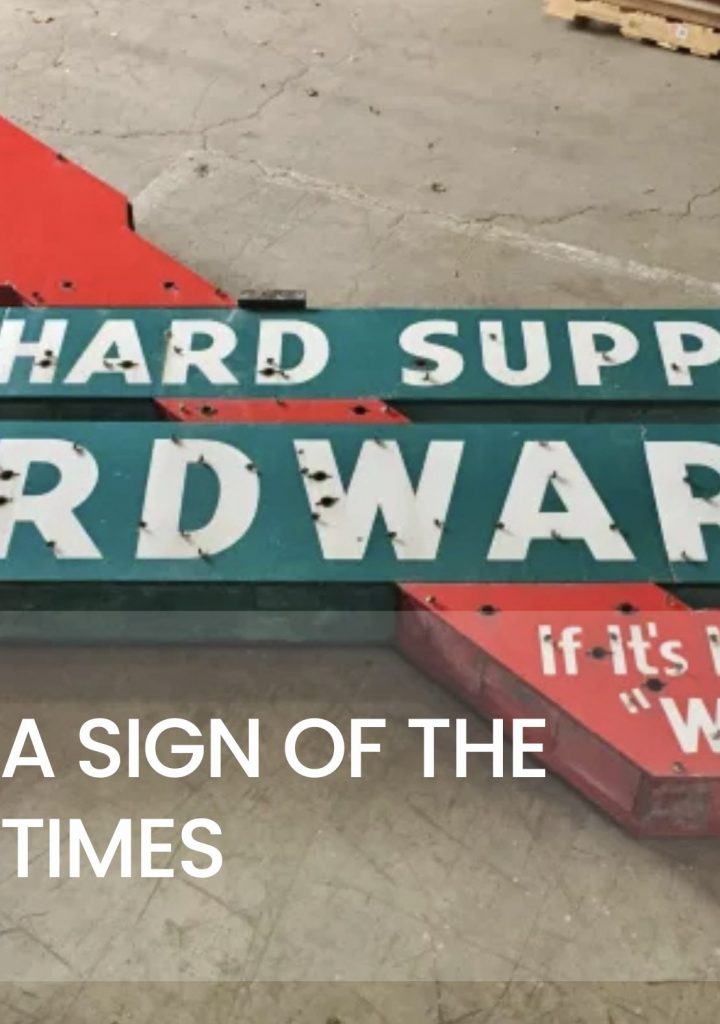
SOURCE Wikipedia, UrbanSketchers.org
PHOTOS & TO PURCHASE SUHITA”S BOOK VintageSignsSanJose.com
Urban Sketches are drawings done on location, through direct observation. The sketches are a record of a particular time and place, captured with the intent of sharing the experience through the sketches.
Suhita Shirodkar is an Urban Sketcher and author based in San Jose. Suhita sketches vintage neon signs in order to record a fast- vanishing part of the city’s beauty and history. Suhita sketches signs as they stand today, more often forgotten and falling apart, yet quite beautiful.
Suhita’s book Sign of the Times contains over 80 sketches of vintage neon signs sketched over five years in San Jose. This great collection is annotated with stories about many of these fading beauties.
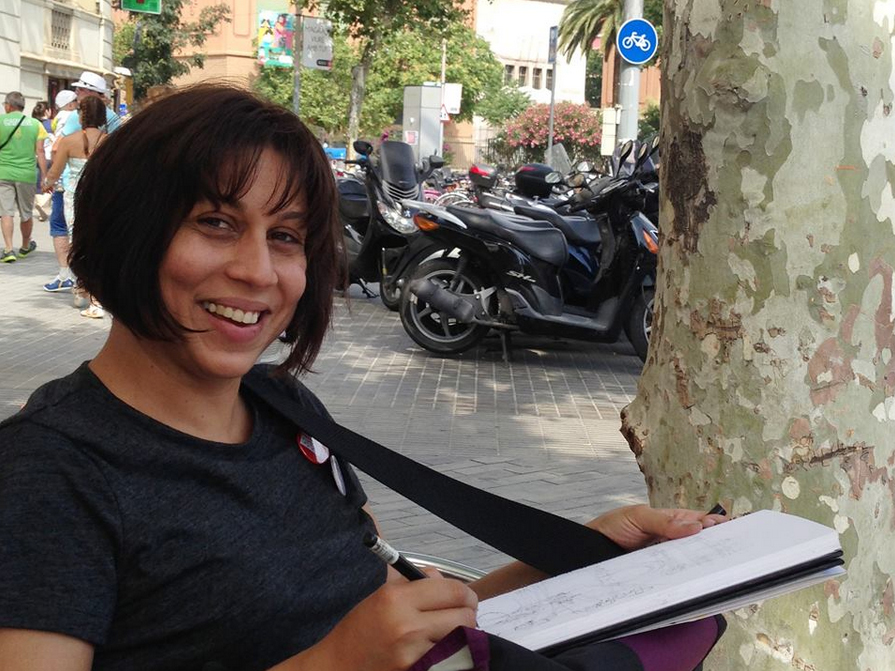
“There is something special about sketching as visual reportage. Standing on street corners, I record what I see and capture a raw, unedited first- response. I hope that seeing these signs as works of art changes how they are viewed by us: that they become interesting, beautiful, and perhaps even worth preserving.”
THE MYSTERY OF THE FRUIT COCKTAIL
Fruit cocktail has been a staple of the canned fruit industry since the 1940s. The combination of pears, grapes, peaches, pineapple, syrup and bright red cherry halves was one of the most popular products for San José based Del Monte.
It is generally agreed that the fruit cocktail was developed as a way to make use of the fruit scraps left when bruised or damaged fruits could not be used in canning. But the exact origin of the fruit cocktail, remains a mystery.
Here are the contenders:
Canner J.C. Ainsley of Campbell began marketing a
product called “fruit salad” in 1893 under the Golden Morn label. According to the Campbell Historical Museum, the fruit salad contained cherries and various diced fruits, but the product was never officially called fruit cocktail.
In a 1958 article titled “100 Years of Canning in the West,” Herbert Gray of the San José Barron-Gray Packing Company is credited with the invention of the fruit cocktail in 1930. Gray affirmed this claim in an interview with the San José Mercury News in 1969.
Over on the academic field, the Food Science Journal credits Dr. William V. Cruess, a professor at UC Berkeley from 1911 until 1954, with the invention of the fruit cocktail.
Del Monte plant workers claim that the fruit cocktail was invented on site at Plant #3 on Auzerais Avenue. The Fruit Cocktail premiered under the Del Monte name in 1938 and was introduced to consumers as “a stylish dessert suitable for formal dinner parties and entertaining.” Plant #3 produced fruit cocktail continuously from 1941 until the plant’s closure in 1999.
Mark your calendars, May 13th is National Fruit Cocktail Day.
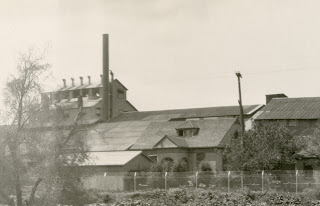
Photo of Del Monte Plant #3 from a John C Gordon panoramic photo circa 1932. Original photo is located at San José State University Special Collections.
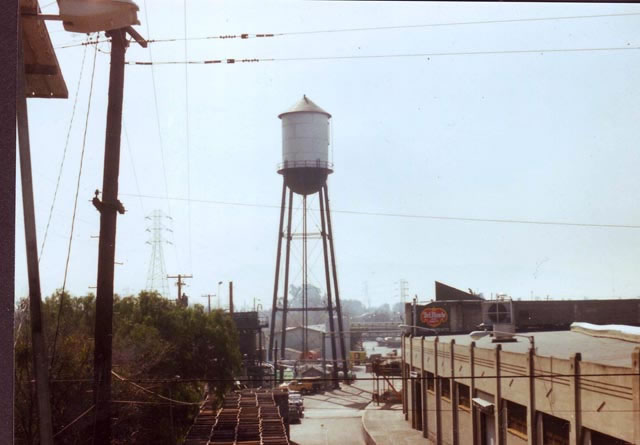
Photo of Del Monte Plant #3 circa 1980. The photo was taken from the West San Carlos bridge over the Southern Pacific Railroad tracks. In the foreground is Warehouse #2, built in 1932 and housed the labeling machines.
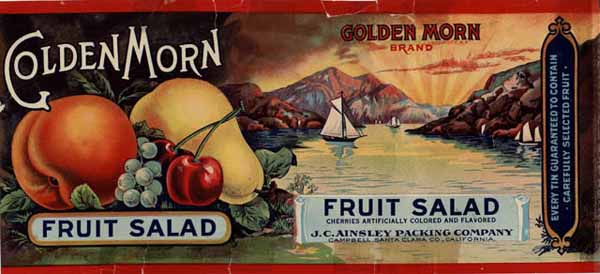
The Ainsley Cannery, founded by John Colpitts Ainsely, was active from 1894 to 1934. The cannery was located along the railroad tracks north of Campbell Avenue.
In 1895, the cannery completed the canning of 200,000 cans of apricots, 75,000 cans of peaches and 120,000 cans of pears.
SOURCES Encyclopedia Britanica, Wikipedia, San José History Online
ON THE RADIO
San José is home to the world’s first broadcasting station. Although, the first US radio station to officially get its broadcasting license was KDKA in Pittsburgh, PA, Charles Herrold, an inventor and tinkerer with a number of patents, began to use the radio to broadcast regular programs to listeners in San José as early as 1909.
The in-home radio receiver had not been mass marketed yet, so Herrold’s audience was small, mostly hobbyists with self-built crystal radios. Nonetheless, Charles, his wife Sybil and his assistant Ray Newby went on the air with Little Ham’s Radio Program every Wednesday evening.
Herrold and his team at Station FN stole wattage from the street car line to power his “Arc Fone” transmitter. Station FN took requests for songs over the phone and would broadcast weather reports, news and commercials on a regular basis. Herrold would announce his broadcasts in local newspapers beforehand, and start them off with the words “This is San José Calling.”
The regular broadcast continued until World War I broke out in 1917. At that time, experimental radio activity was banned. After the war, when the Commerce Department began issuing broadcasting licenses in 1920, KDKA was the first to get its application approved. Even though Herrold did not manage to get a license for KQW in San José until December of 1921, he had already established himself as the father of regular broadcasting more than a decade earlier.
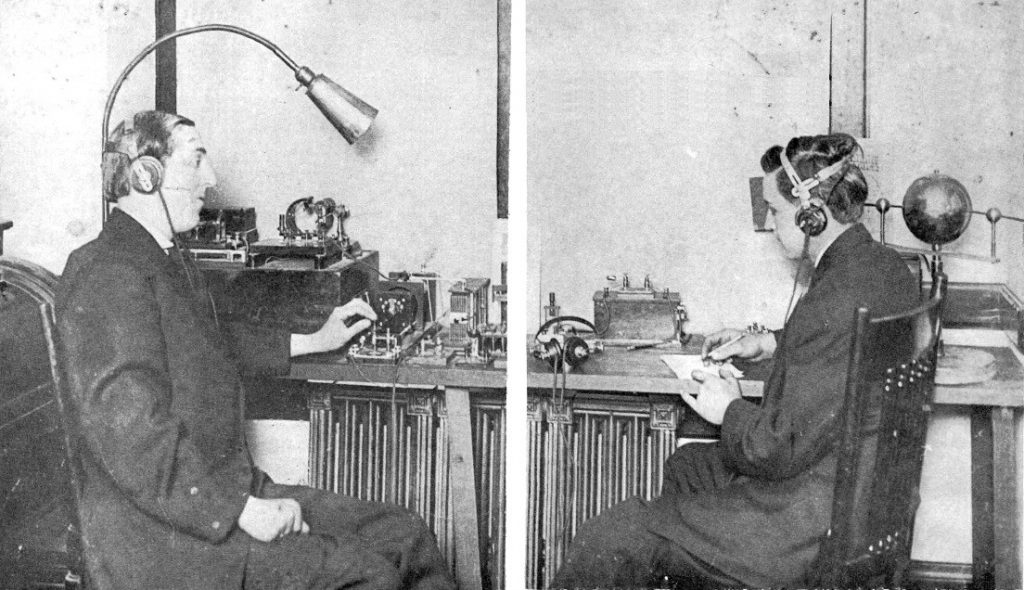
Though the Station FN relaunched after the war under the new callsign of KQW, new inventions soon outpaced their transmitting power. Herrold was forced to sell KQW in 1925, and sadly never regained his earlier momentum. Herrold died nearly unknown.
Nevertheless, KQQ lived on. Today, the station is known as KCBS.
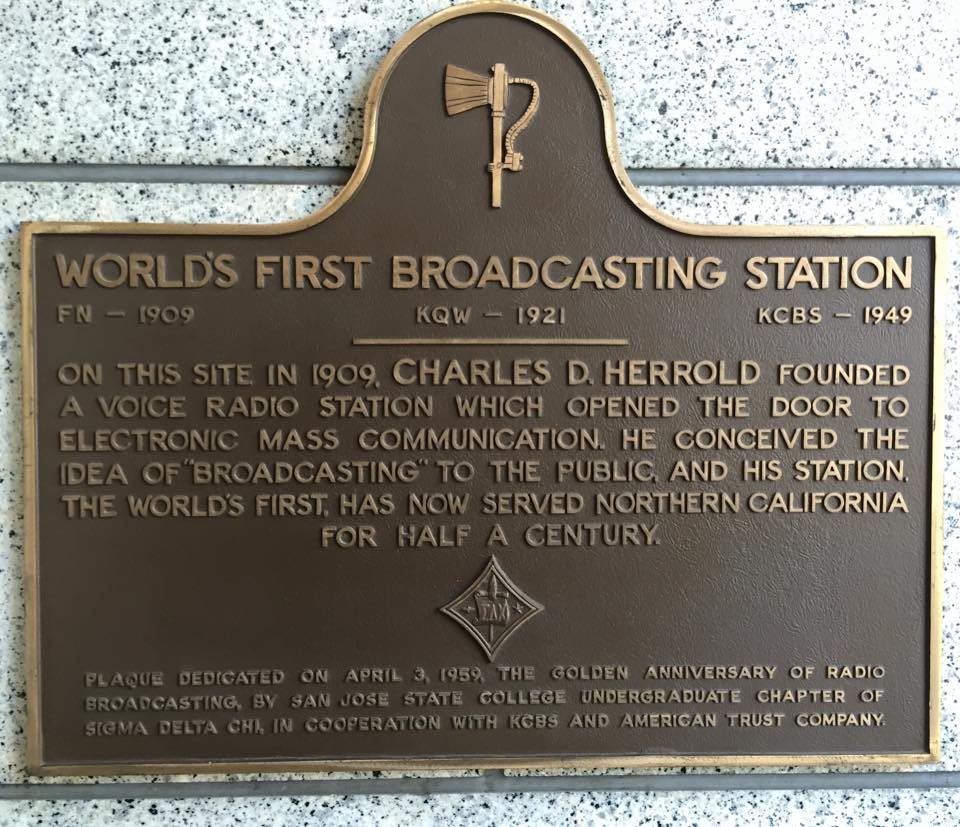
AND NOW BACK TO OUR REGULARLY SCHEDULED PROGRAMMING
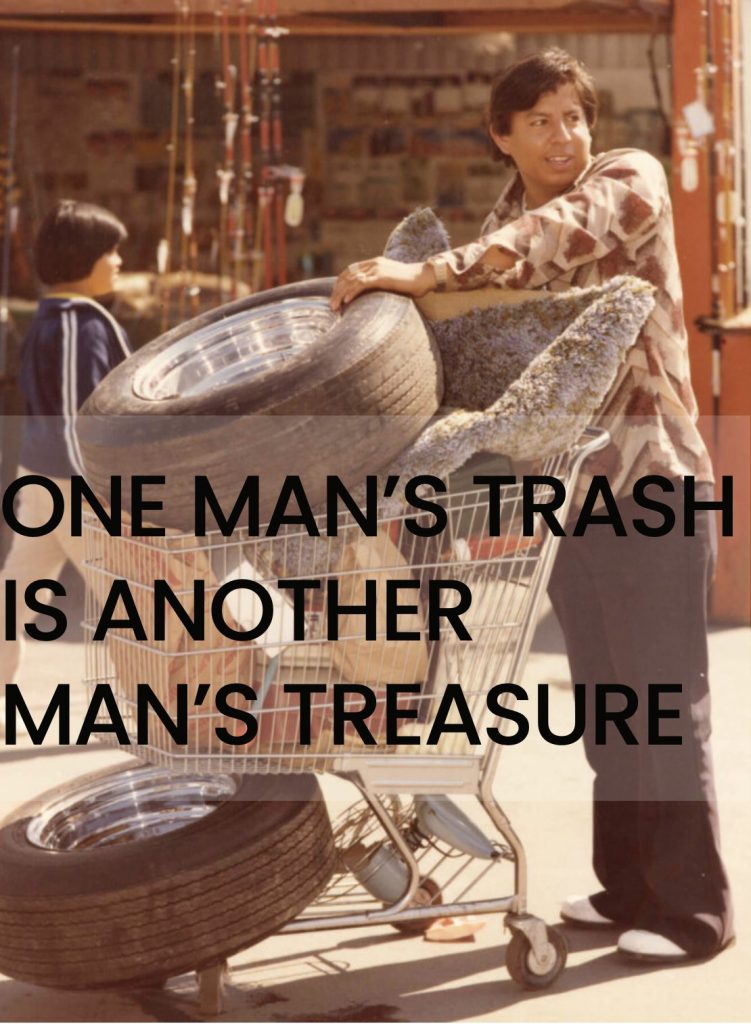
SAN JOSÉ FLEA MARKET
In 1959, while working in the solid waste and landfill business, George Bumb had an idea. There had to be a profitable way to keep the perfectly usable items he saw tossed out from ending up in the landfills. Heading of the success of swap meets that were popping up in Los Angeles, Bumb headed south to research just how these SoCal meets were operated.
Bumb studied the L.A. swap meets and saw room for improvement. He created a concept which included individual merchant stalls and the ability to offer vendors on-site storage during the week.
In March 1960, with a meager investment, the San Jose Flea Market opened on farmland on Berryessa Road, a narrow country lane surrounded by orchards. The first office, built and staffed by Bumb, housed the only restroom and limited snack bar.
Opening day of the market boasted a total of 20 sellers and 100 customers
Sixty years later, and the Bumb family- owned San Jose Flea Market spans more than 120 acres with an average of 6000 vendors per week. The single snack bar has expanded to more than 30 stations featuring everything from corn dogs to tacos. There are eight miles of dedicated vendor booth space which more than
4 million visitors walked through in 2019.
SOURCE Wikipedia
PHOTO Alec Villareal



